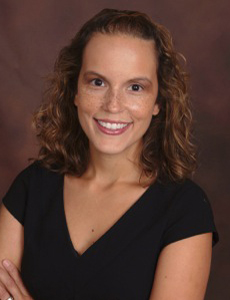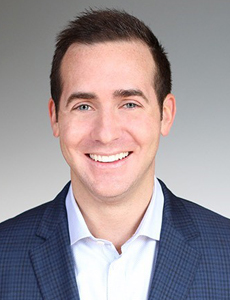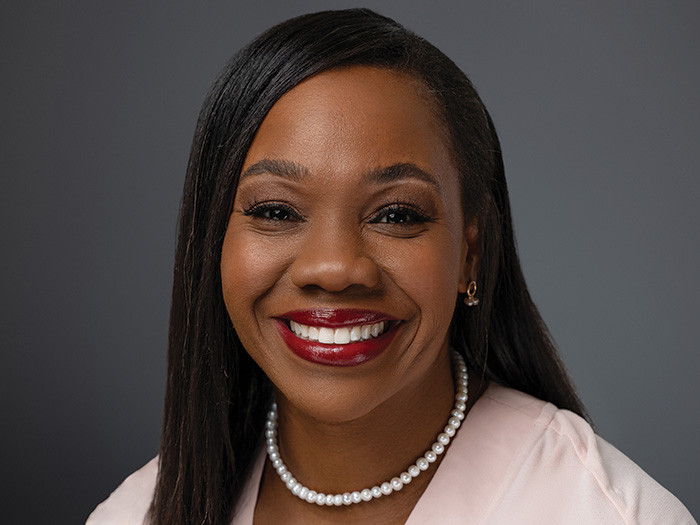It’s Time to Embrace Health Care’s Changing Model as the ‘New Normal’

Health care’s transformation over the past decade reflects a rapid advancement of technology, evolving customer expectations, and an ongoing battle against the expenses of care.
According to Brandon Mezick, chief operating officer of IronHealth, a division of the specialty insurer Ironshore, a Liberty Mutual company, and Marie Michelich, division underwriting manager, health care of Liberty Mutual Insurance, this “new normal” represents a fascinating mosaic of risks and opportunities that underwriters are bound to be approaching with much more vigor now and in coming years.
Together they outlined the importance of archiving, contextualizing and redefining this changing health care model, identifying emerging risks in the space, and anticipating the various ways COVID-19 is impacting health care providers and their underwriters.
The Changing Health Care Model
First to the model: The current structure, look and feel of modern-day health care delivery is very different from even a few years ago.
“Hospitals are no longer just ‘four walls.’ Health care institutions have invested in a variety of ancillary services to bend the cost curve, become a one-stop-shop for the patients they serve, and make care more accessible,” Mezick said.
This new model includes an abundance of outpatient facilities, which were created to handle increased capacity following the passage of the Affordable Care Act. Additionally, more physicians are now employed by large hospital groups, which are eager to expand their patient base as many health care organizations embrace the concept of “lifetime customer value.”
“The demand for health care services has risen dramatically,” said Michelich. “And to meet that demand, care is now everywhere.”
In addition to the rise in health care utilization, there has also been a shift in the way health care is financed.
Providers of health care services are being incented, through value-based contracting, to improve outcomes and control costs and provide a more effective regulatory and enforcement regime to crack down on fraud, waste and abuse.
“In 2019, the Center for Medical & Medicaid Services (CMS) recovered more than $3 billion for cases regarding fraud and related acts,” Mezick said.
And while more utilization means higher costs, Mezick believes that, over time, a more holistic approach to health care with a focus on preventative care, will eventually reduce costs and make care more economical.
There Are Still Emerging Risks to Watch For
As hospital systems expand their services and become larger, there is a risk that their patient safety and other risk management programs become less effective.

Marie Michelich, division underwriting manager, health care of Liberty Mutual Insurance
“We talk with our customers a lot about the scalability of their risk management programs as their services and controls are less centralized,” Mezick said. “Additionally, the way people interact with health care is shifting — where and how they’re receiving care is changing.”
That change, which makes risk less predictable, is redefining the underwriting process for some.
“One of the most important tools used in the underwriting process is a customer’s loss experience, and we’re really starting to reconsider the credibility of that experience. If our customers are changing the way they deliver care, we should then expect to see new types of claims,” he said.
And with telemedicine becoming more universally accepted and utilized in light of COVID-19, health care providers using this technology for the first time should ensure their risk management programs are keeping pace.
In addition to the credentialing risk of providing services digitally — ensuring the providers who are delivering care in certain geographies are actually licensed to do so — telemedicine presents additional cyber risk.
“Each situation is unique,” Mezick said. “The best-in-class providers have determined the scope of services that are appropriate to deliver virtually, as well as the right kind of controls around security, hosting and data storage.”
While telemedicine has increased the distance between most patients and providers, COVID-19 has brought other health care workers much closer to those who have been affected.
“A number of health care providers have sent their staff to hard-hit areas to support the pandemic response,” said Michelich.
“And in these scenarios, health care workers are typically working long hours in temporary facilities, which could contribute to higher levels of stress and possible burnout.”
Market Shifts, Accessibility and COVID-19
The insurance market for long-term care was already strained due to an increase in the frequency and severity of professional and general liability claims, and the anticipated effect of the pandemic’s toll on long-term care facilities is accelerating the market’s hardening.
“Senior care is certainly the hardest market in health care right now,” Mezick added.
And while the rising frequency of severe claims has plagued the insurance market for hospitals, COVID-19 has started to finally shift the market — albeit slowly.
“On the hospital side, surprisingly, we still don’t see enough rate increases to keep up with the frequency of severity or to combat the industry-wide loss ratios across the board. Loss ratios are well over 100%,” Mezick said.
“However, we’re starting to see terms tighten and capacity shrink. Very few carriers are offering large limits these days.”
“We’re also starting to see some changes from carriers that offer workers’ compensation coverage. In addition to new considerations for a more regionalized footprint for health care delivery, many are no longer offering communicable disease coverages with workers compensation due to COVID-19. Others, like us, are calibrating their approach to be more reflective of the environment we are in,” added Michelich.

Brandon Mezick, chief operating officer, IronHealth
Additionally, how hospitals managed — and are still managing — the COVID-19 crisis has become a key focus for underwriters going forward. Their questions will get more pointed and their underwriting more disciplined.
“We are having conversations with our insureds to understand the controls and systems that were in place, how they fared, and how will things be changing going forward,” Michelich said.
“We’re also placing more scrutiny on the financial conditions of hospitals, which are on pace to lose billions of dollars in 2020,” Mezick added.
To counteract the worsening financial conditions of health care providers, the Coronavirus Aid, Relief, and Economic Security (CARES) Act allocated billions of dollars to the medical and hospital industries and included provisions for oversight of those funds.
Section 4108 of the CARES Act established a Special Inspector General, who is expected to pursue False Claims Act (FCA) cases aggressively with far-reaching subpoena powers.
“Enforcement of fraud related to CARES Act funds is expected to be similar to investigative efforts that followed the 2008 Troubled Asset Recovery Program (TARP) stimulus package, which resulted in $11 billion in recoveries,” Mezick said.
As the operating environment for health care providers continues to be under tremendous stress, health care providers are frequently seeking alternatives to their incumbents.
“Yes, our submission volume has increased as customers re-think their approach to risk financing. Across the board, health care risk managers are seeking relief from rate increases, and more frequently, certain risk-tolerant customers are evaluating alternative risk financing mechanisms to preserve cash flow,” Mezick said. &










